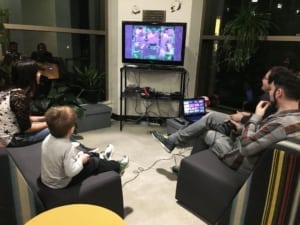 Online or console activities—more commonly known as video games—can transport players to scenarios ranging from saving the world to exploring a new galaxy. A relaxing pastime that also challenges the mind, gaming often includes a strong learning component. This is where Wisconsin-based Filament Games has found a niche, says Dan Norton, co-founder and chief creative officer. We sat down with Dan to get his perspective on the current state of Wisconsin’s gaming industry and where it is headed.
Online or console activities—more commonly known as video games—can transport players to scenarios ranging from saving the world to exploring a new galaxy. A relaxing pastime that also challenges the mind, gaming often includes a strong learning component. This is where Wisconsin-based Filament Games has found a niche, says Dan Norton, co-founder and chief creative officer. We sat down with Dan to get his perspective on the current state of Wisconsin’s gaming industry and where it is headed.
How do you describe Filament Games to someone who’s unfamiliar with the company?
Usually I’ll start with our body of work: we’ve worked with the Smithsonian Institution, National Geographic, iCivics, Scholastic, McGraw-Hill, Amazon, Oculus, etc. The list goes on. Working with clients like these and others translates into 13 years of making learning games and games for impact. Our company’s mission is to create playful experiences that improve people’s lives, and every project we undertake has to align with that mission.
What is it about gaming that pulled you in personally, and then made you want to build a company around your ideas?
We’ve always been interested in the unique affordances of video games as an educational medium. This was sparked in many ways by the work of James Paul Gee, a game-based learning scholar whose seminal work “What Video Games Have to Teach Us About Learning and Literacy” created a taxonomy of advantages that video games have in pedagogical applications.
That being said, another major motivation for us was that a lot of the educational games out there at the time totally missed the mark in terms of why games are great for learning. The phrase “chocolate-covered broccoli” is notorious in our space because it describes some of those games that were prevalent at the time, where the developer has essentially disguised a quiz or flash cards with some video game-ish elements. Our approach has always been to identify learning objectives and deliver them through game mechanics that are authentically engaging and aligned to that desired learning outcome. This means looking at the commercial games space for inspiration around game mechanics and aesthetic standards. I think this approach is one of the keys to our success and longevity.
There are a lot of gaming companies out there. How are you different?
For one thing, we’ve got an explicit focus on education, impact and positive outcomes, as our mission statement suggests. To our knowledge, there are very few other studios that have been exclusively focused on learning and impact games for as long as we have. This has equipped us with a unique, veteran’s vantage point on the art and science of teaching through games, which means our partners and customers can rely on our expertise, versatility and longevity in the space.
How did “Breaking Boundaries in Science,” your recent collaboration with Oculus, come about?
Our discussions with Oculus started a year or two back. At the time, they were looking for educational content that would position the Samsung Gear VR and then-upcoming Oculus Go as [virtual reality] headsets for educational use cases. Our pitch was largely inspired by the movie “Hidden Figures,” which was in theaters around that time and elevated women scientists who had been overlooked by popular scientific history and its rather male-oriented lens. We were super excited about the idea that we could tackle the same issues in virtual reality, a medium whose immersive qualities make it extremely effective for offering players a new perspective. By donning a simple headset, they are whisked away into a totally new context and can empathize with these scientists in a way that other media simply couldn’t facilitate.
What was it like working in tandem with the teams at Oculus?
Oculus was an amazing partner on this project. We worked with three stakeholders on their side, primarily Tina Tran, Katherine Bachert and Monica Arés, meeting on a weekly basis. They helped us steer the creative direction of the game and refine the mechanics. Tina was particularly helpful, as she had produced a number of other similarly educational titles for the Oculus platform, so we were able to draw on her experience to ensure that our game would use the best practices that had been established by those other successful games. They were also a huge help in terms of their resources and connections. Through Oculus, we were able to work directly with Nobel Media, the Grace Hopper Celebration and the Jane Goodall Institute for both source material and post-launch promotional activity around “Breaking Boundaries.”
What was it like working with Jane Goodall and telling the stories of these well-known and highly accomplished women?
Because Jane is a living legend and is enormously busy, we actually worked primarily with her team at the Jane Goodall Institute, which as I mentioned was a connection facilitated by Tina at Oculus. Our contacts on their side were Shawn Sweeney and Ashley Sullivan. “Jane,” the 2017 biographical documentary about Jane Goodall’s life, had just come out while we were working on the game, which was another interest competing for Jane’s time. We definitely worked around her availability and dilated the development schedule accordingly. The recording of her voiceover was actually done locally to her, with a recordist in England driving to her hometown and recording the audio in a hotel room they’d booked for the day. Receiving her recorded voiceover audio file was definitely one of the coolest moments in our company’s history.
In terms of telling these stories, our focus was on accuracy, humanizing these women as relatable, and in general being reverent to the subjects we were covering. We adopted a first-person perspective as much as we could, drawing on whatever autobiographical sources we could find. These women are inarguably idols in their fields, and idolizing them creates a sort of distance that we wanted to diminish in service of making them more relatable. A big part of our intent for this game is to inspire the next generation of STEM leaders, so we worked to strike a balance of representing these women’s accomplishments as monumental, yet understandable and achievable.
What’s next for the team?
Filament Games is staying busy with our usual mix of client-driven and internally driven projects. We’ve just shipped a new English language arts game for Scholastic that we’re really excited about, along with a number of other cool client projects we can’t talk about just yet.
Internally, we’re continuing to work on our robotics sandbox RoboCo, which is for desktop and virtual reality, and should hopefully be available for consumers in the next year or two. This is the first time we’re making a game exclusively for the consumer space, and we’re really excited about it.
What is the gaming industry like in Wisconsin?
We’re really proud of the work we’ve done in co-founding and fostering the Wisconsin Games Alliance, which has been instrumental in uniting the game developers of the Wisconsin region. Anyone who thinks video game development only happens on the coasts or in Montreal should take a look at the Wisconsin Games Alliance—there are a lot of studios around here!
What’s some advice for someone who’s got a passion, and is figuring out how, or if, they can build a business around it?
Start now, don’t stop, and embrace the idea that you will experience some, if not many, failures along the way. You have to understand that anyone who is doing what they want to be doing in life walked a difficult and challenging path to get there, with almost no exceptions. It’s also a good idea to find a mentor that can help you avoid pitfalls. You can draw on their experience and connections to get things off the ground.





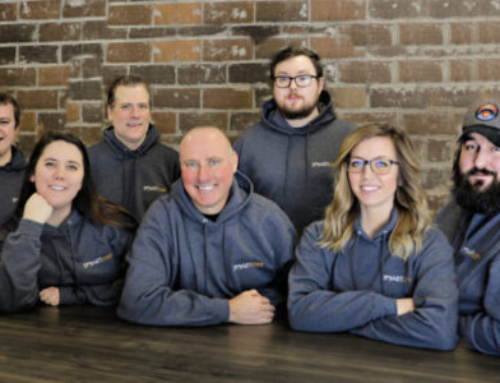
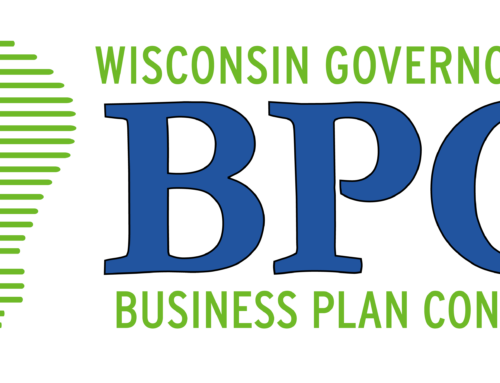
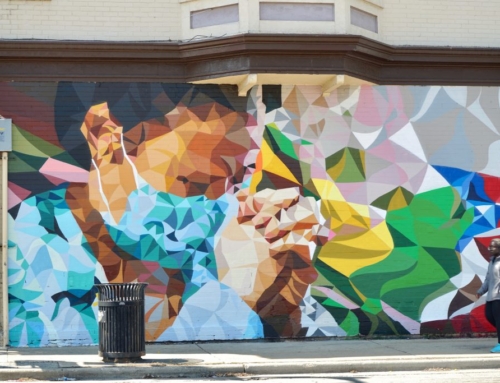
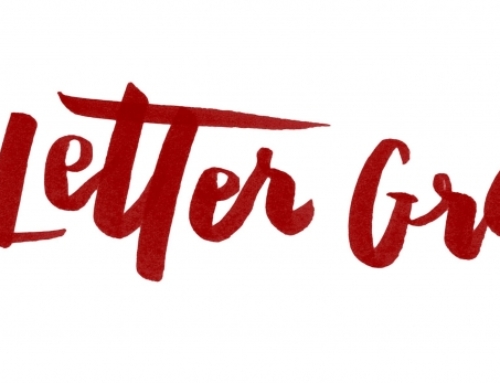
FOLLOW US